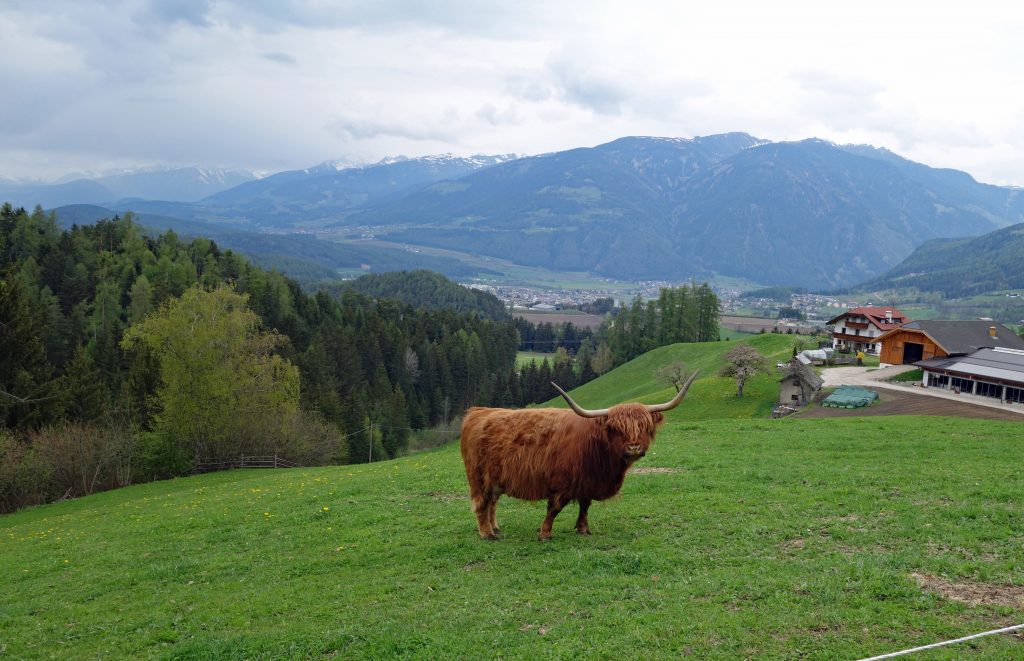
We are here for the first time at the very top of Italy in the Dolomites, on the doorstep of Austria. All of sudden everyone is speaking German and our ability to communicate has taken a nosedive, we were getting by reasonably well in Italian after two months, but German…nein! That being said, all signage is in Italian and German and everyone we interacted with spoke both languages so, after our initial shock, we realized we can still get by with our few Italian words and some English. The other shock was leaving the Adriatic Sea where it was hot, sunny, and 20 Celcius and arriving in Brunico to rainy skies and 11 Celcius. Back in the suitcase go the t-shirts and out come the layers of warm clothing and woolen undershirts 😳
Our stunning apartment is situated halfway up the hill in the Kronplatz ski region, we can see ski slopes from our windows and they are still partially snow-covered. There are many ski lifts and gondolas all around this area so it must be very popular during the winter. We are here between seasons so all the ski lifts are closed now and the towns are very quiet, awaiting the summer influx of hikers as this area is also a highly rated hiking region. We had hoped to do some of the more famous hikes, ie Tre Cime, but there is still too much snow on the higher trails so we made do with some lower elevation hikes recommended by our host.
Our first walk was around the famous Lago di Braies/Pragser Wildsee (Italian/German names). It’s a 3.5km relatively flat trail around the lake at an elevation of 1,496 meters, but the views of the surrounding peaks are breathtaking. Both of us commented a few times that we could just as well be in Banff National Park, the colors of the lake and the mountains looking very similar. It was cloudy and cool during our walk but the views were worth it.
Our host recommended we hike the Cascate di Riva three waterfalls trail. This too is a short hike, 4km out and back, up the side of the Riva gorge. The three waterfalls get progressively more impressive the higher you go and there are some interesting sculptures along the trail.
After the waterfall hike, we drove to the end of Aurina/Ahrntal Valley to the town of Casere/Kasern, the northernmost village in Italy. From the information center parking lot we hiked to the Santo Spirito Pilgrimage Church, the oldest church in the Aurina/Ahrntal valley. This small church, located at 1,620 meters, sits in the middle of lush green meadows surrounded by an impressive array of alpine peaks over 3,000 meters high. The church and cemetery were consecrated in 1455, but their history probably goes back to the 8th century, built for the many travelers who passed through the valley. The church was built leaning against a large rock and history mentions that the church and the stone are a place of power. Legend has it that if you squeeze your way through the narrow rock crevice, you will come out the other end free from sins. We squeezed our way through the gap so I expect we are freed of our sins now 😄 The pilgrimage site is also a popular starting point for hikes in the Vedrette di Ries-Aurina Nature Park. We spied a cluster of huts higher up on the eastern side of the valley and went for a walk. I swear when we reached the huts at 1,786 meters I was going to see a “Welcome to Austria” sign, we are that close to the border!! Looking across at the other side of the valley there is a paved trail and many hiking trails leading to a variety of restaurants and hiking huts.
We took a day off from hiking to visit the popular ski town of Cortina d’Ampezzo. Cortina hosted the Olympics in 1956, and will again in 2026 when they co-host the event with Milan. Cortina is a popular destination for the Italian jet-set crowd, similar to Aspen in the USA. We arrived one week after all the ski lifts closed for the season, and before they re-open for the summer hiking season, but we knew all that and primarily came to have a look at the town. Pretty much everything was closed but we managed to find a lovely restaurant for lunch and after visiting the tourist office realized we could drive a short distance and hopefully get a view of the infamous Tre Cime mountains, which we had yet to see.
After looking around Cortina we drove higher into the mountains to Lago di Misurina and we actually got a view of the Tre Cime mountain, in between the clouds rolling by. I am disappointed that we could not hike this famous trail but maybe next time! The views across the lake were spectacular and once again, reminded us of some equally spectacular locations not far from our hometown at the base of the Rocky Mountains in Alberta.
On our final day here we hiked around Lake Anterselva/Antholzer See, the third largest mountain lake in Southern Tyrol. Close to the lake is the biathlon center of Anterselva, a well-known biathlon training and competition facility. The hike around Lake Anterselva is a relatively flat 5km walk with gorgeous views. There was still a little snow and ice along the shady sections of the trail but overall it is an easy hike.
Despite the weather forecast calling for rain every day, we were lucky to only have cloudy days with very light misty rain occasionally. Cloudy days still made for fantastic views during all our walks/hikes and we would love to come back here again when the snow has melted and we could do some of the higher hikes. This is a fabulous area if you are interested in hiking, especially hut-to-hut multi-day hikes. Our 5 days here flew by, but we are off to another small town not far away…..

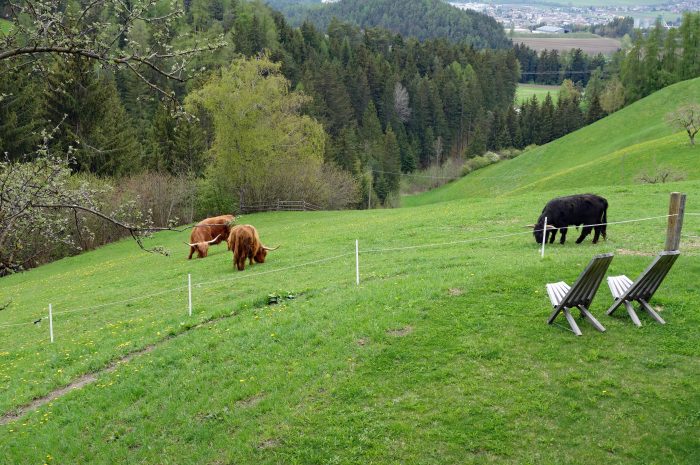

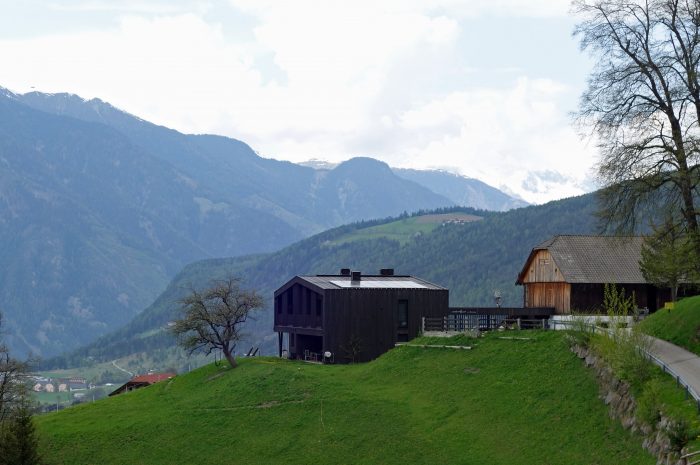
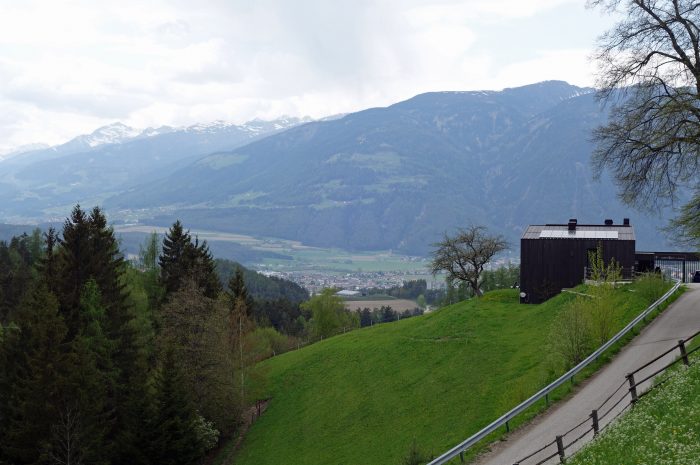



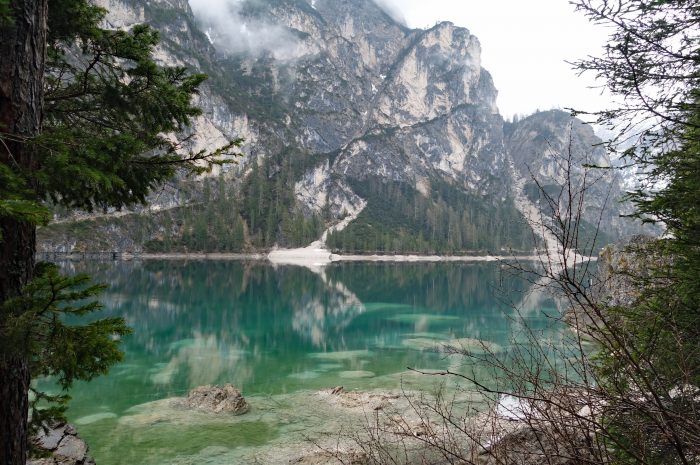

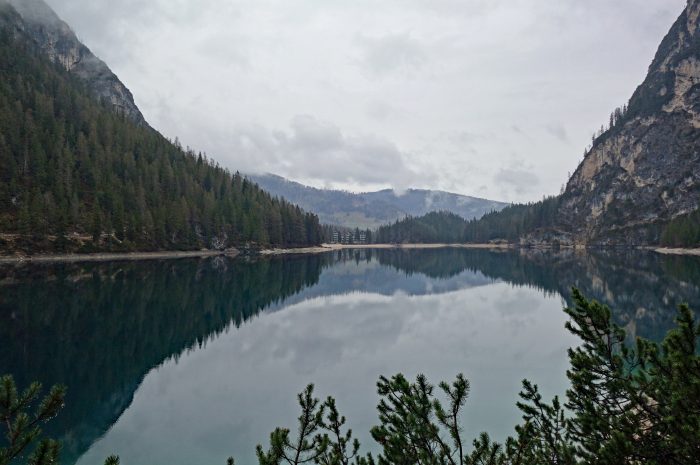

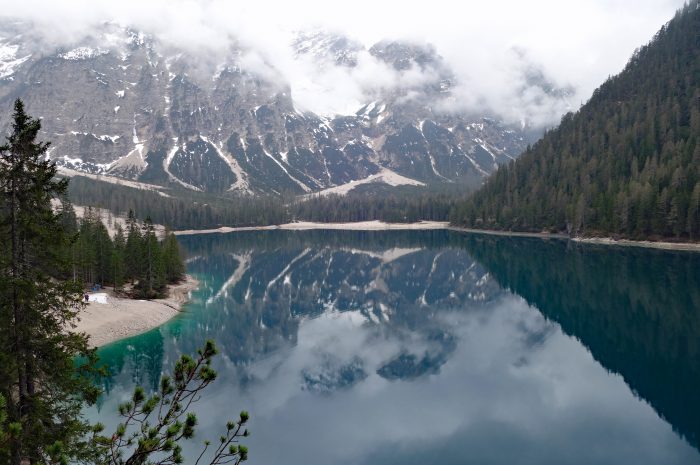

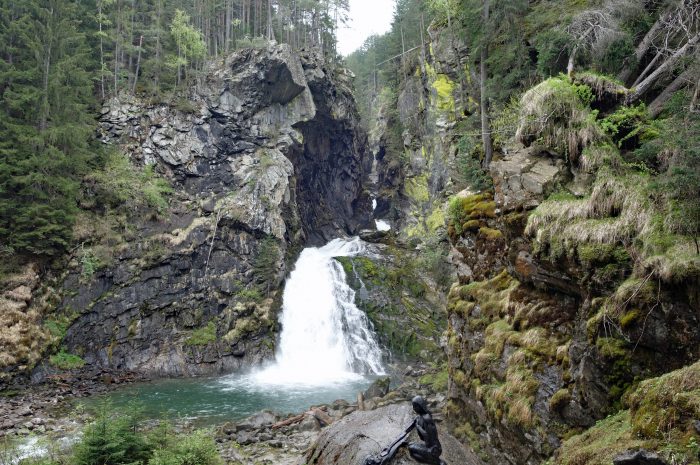


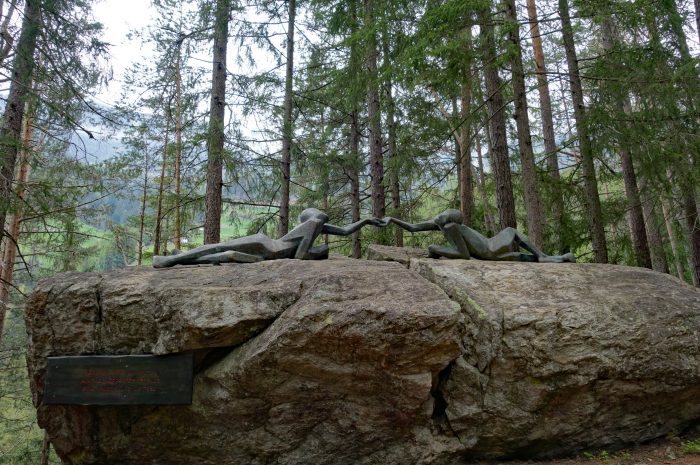
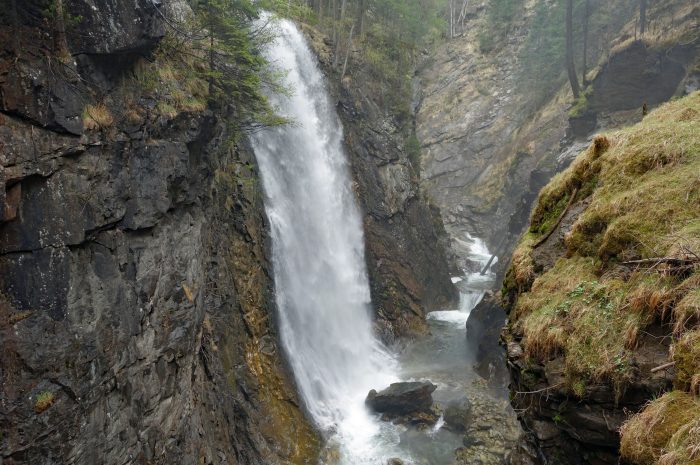
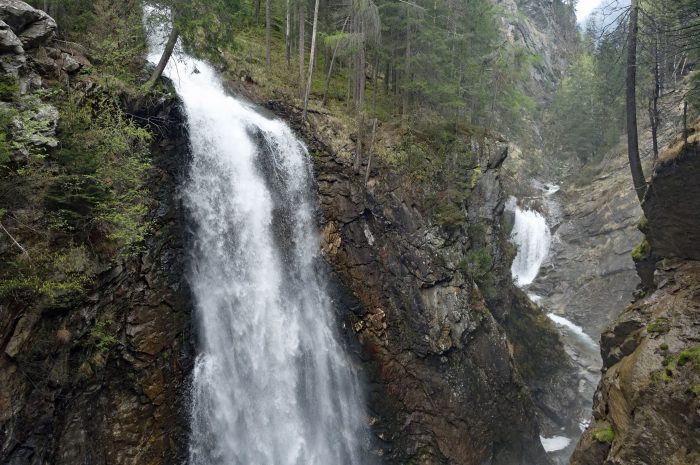



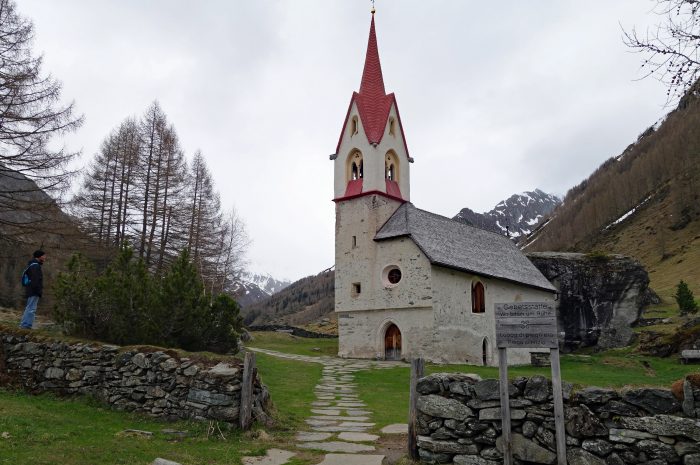
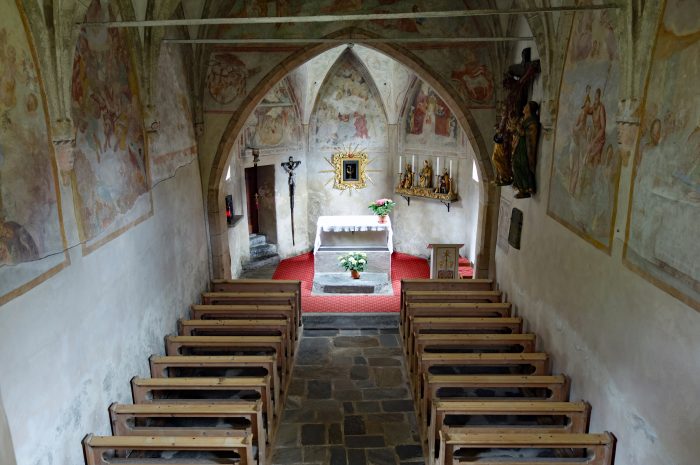






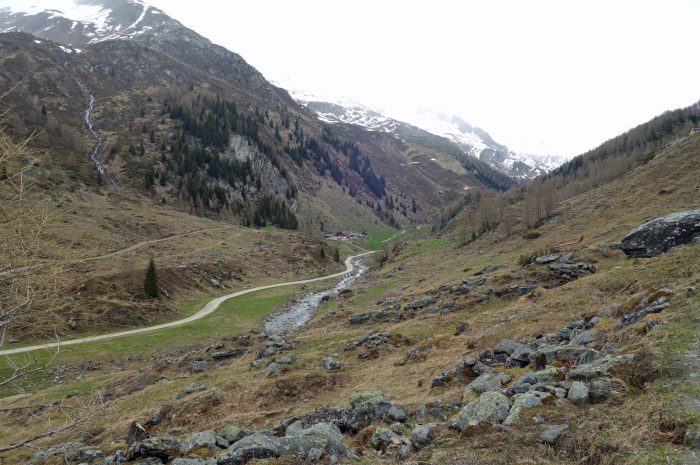
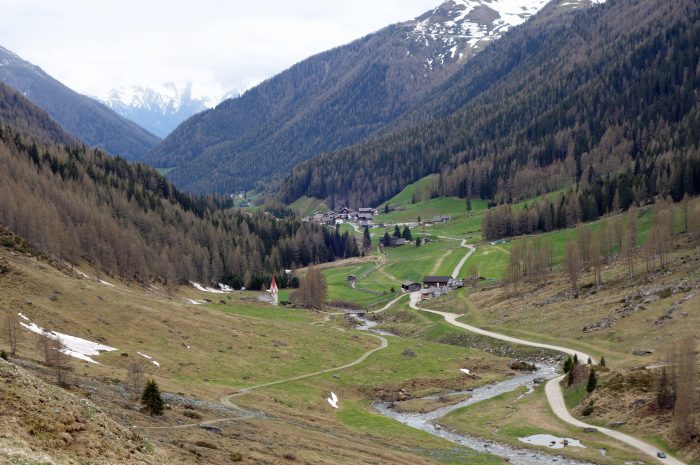

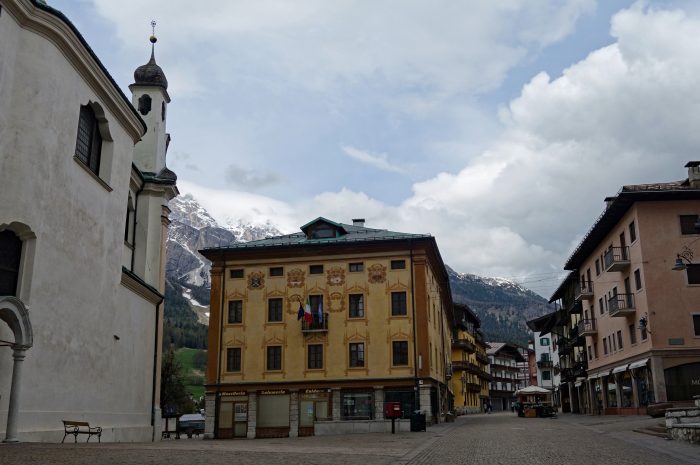


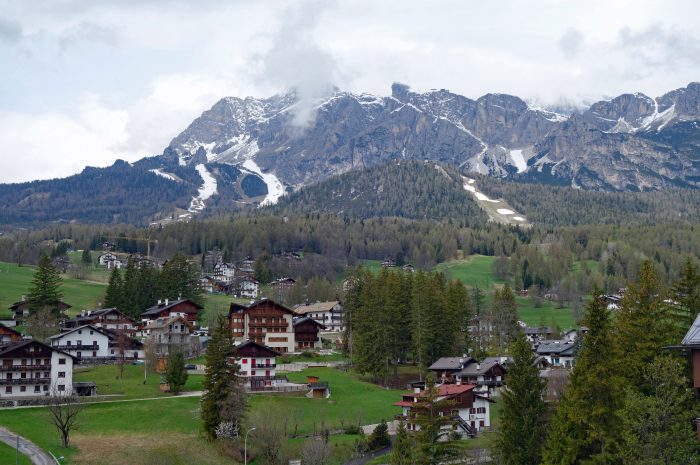
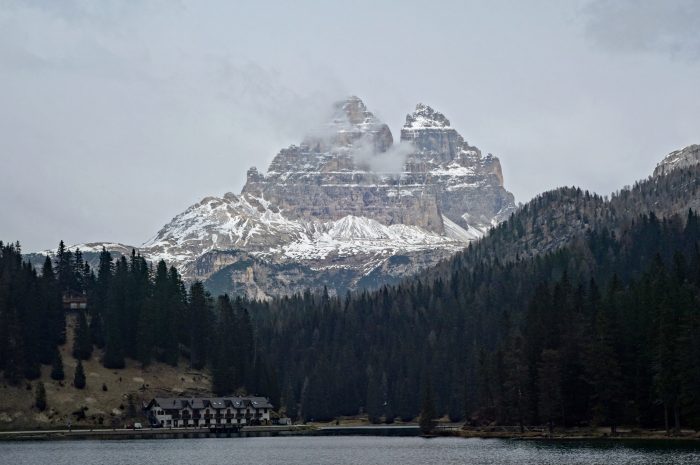
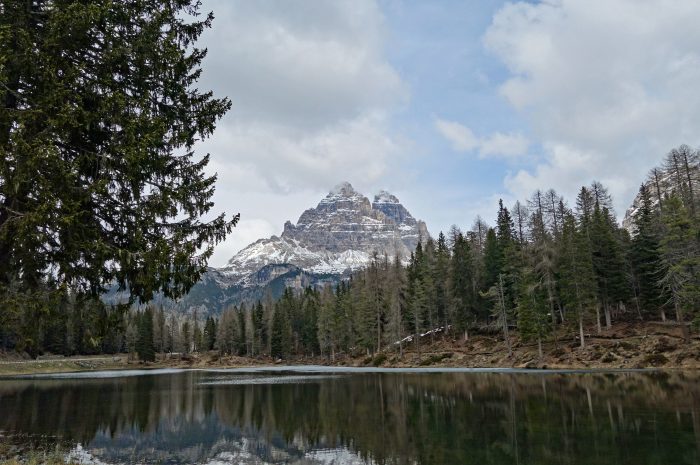
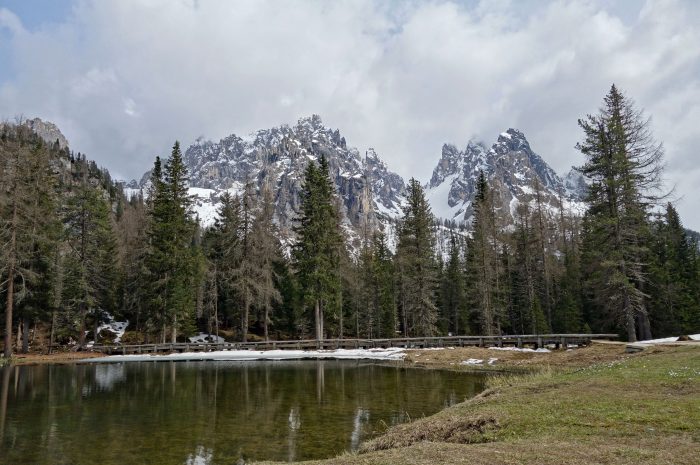
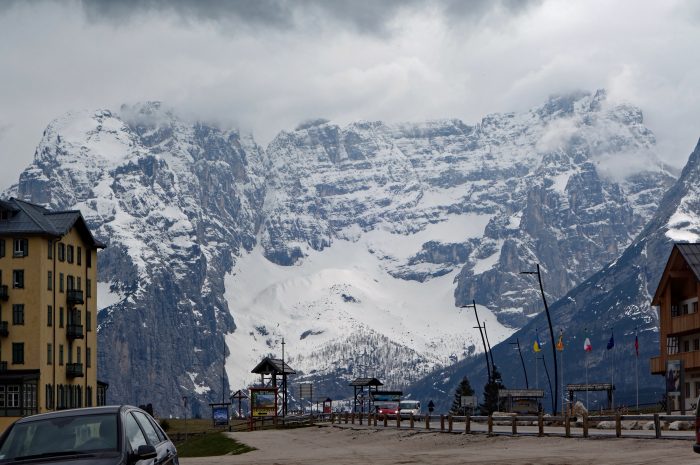
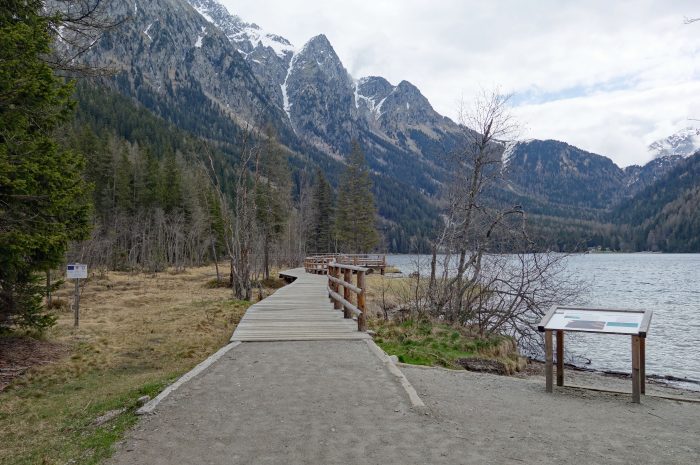

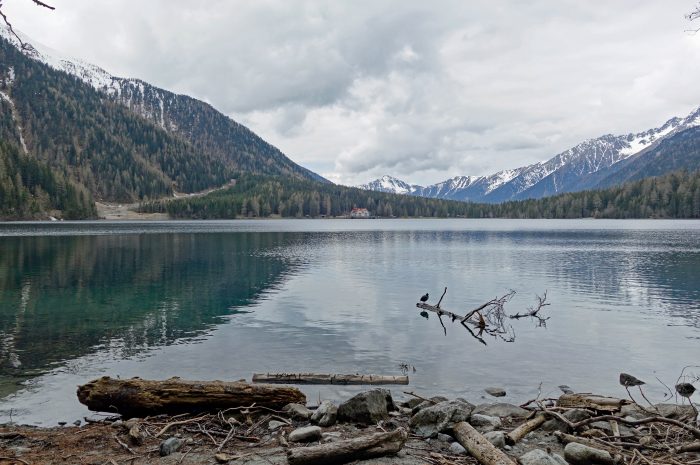
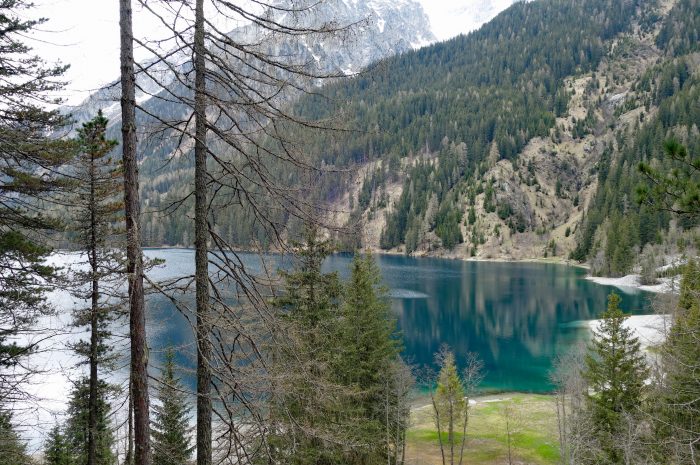



All beautiful. Yes it looks like home. Deb